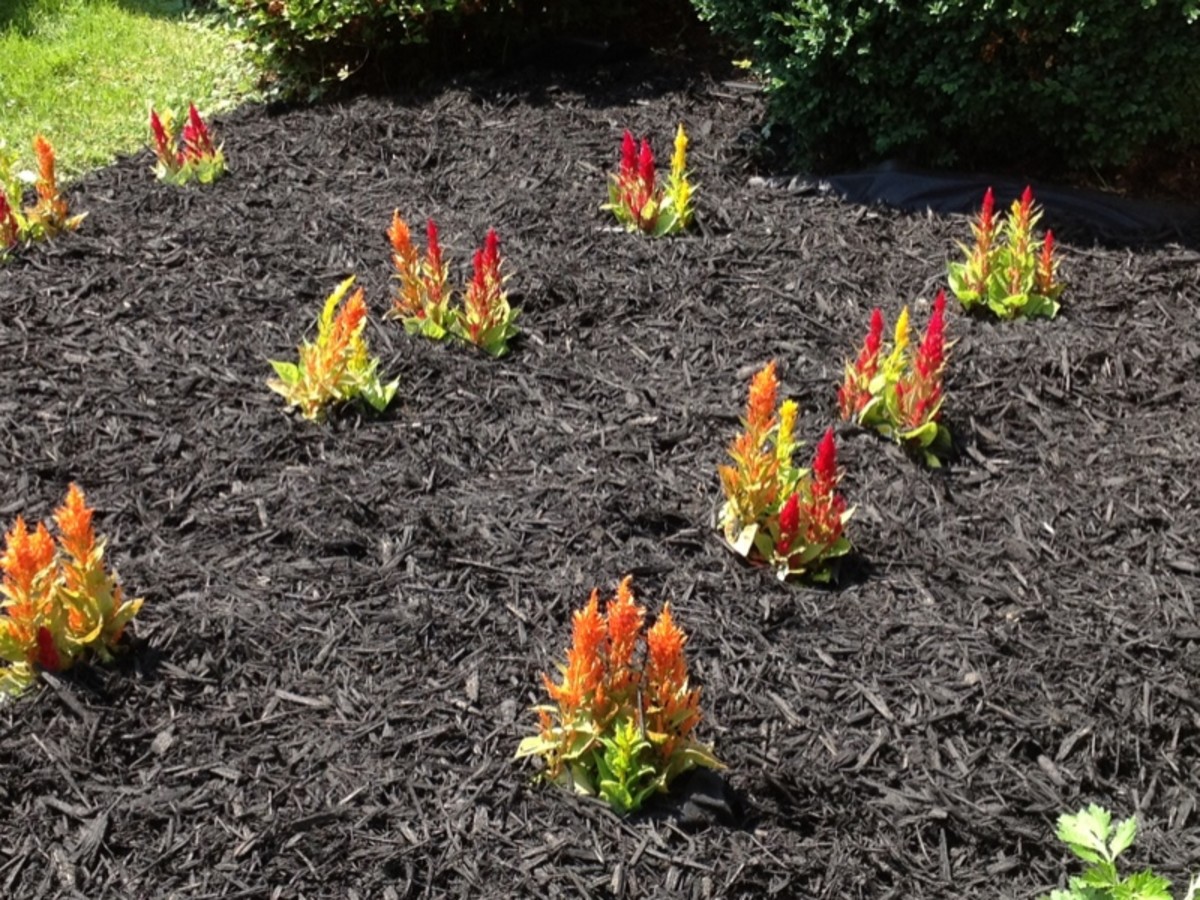
In this article we are going to learn how to care for annuals. After you’ve transplanted annual seedlings or the annual seeds have sprouted in your garden , you can help them grow into healthy adult plants with beautifully blooming flowers by watering, fertilizing, and mulching them correctly. Annual Flowers and Nitrogen
In addition to the standard fertilizer that all plants need, annuals also have a particular need for nitrogen. One of the three major nutrients that plants require (along with potassium and phosphorous), nitrogen is the prime nutrient that supports leaf and flower growth.
Without enough nitrogen, your annuals probably won’t flower as beautifully as they might otherwise.
To make sure that your annuals bloom nicely, you may want to add extra nitrogen-only fertilizer to the soil. Add this fertilizer a day or so before planting seeds or transplanting seedlings, and then apply more as indicated on the fertilizer’s packaging up through the full life of the plant. You can use either synthetic or organic nitrogen-only fertilizers.
Good organic sources of nitrogen are sheep manure and beef-cattle manure. Don’t be tempted to add more fertilizer than recommended by the instructions on the bag. Though the right amount of nitrogen will ensure beautiful blooms, too much nitrogen can damage or kill your plants.
View this post on Instagram
How to Mulch Annuals

img: dengarden.com
Mulch is any organic or inorganic material, such as wood chips or rocks, that is used as groundcover in garden planting beds. All plants benefit from mulch, which helps limit weed growth and keeps the soil from getting too hot or too cold.
In addition to basic mulching, there are a few other factors to take into consideration when mulching annuals. In particular, cool-season and warm-season annuals have different requirements.
Mulching for Cool-Season Annuals
How much and when to mulch cool-season annuals depends on whether you’ve planted them in the early spring or late summer to early fall.
- Cool-season annuals planted in early spring: For these plants, your goal is to let the soil warm up as quickly as possible. For that reason, hold off on mulching until the days get warm, then mulch when the weather gets hot.
- Cool-season annuals planted in late summer or early fall: For these plants, try to keep the soil cool during the last hot days of summer by mulching immediately after planting. Then when the weather starts to cool, remove the mulch to allow the soil to warm as much as possible.
Mulching for Warm-Season Annuals
As long you’re planting according to the date on the seed packet, you should mulch immediately after planting and keep the mulch in place through the life of the flower.

